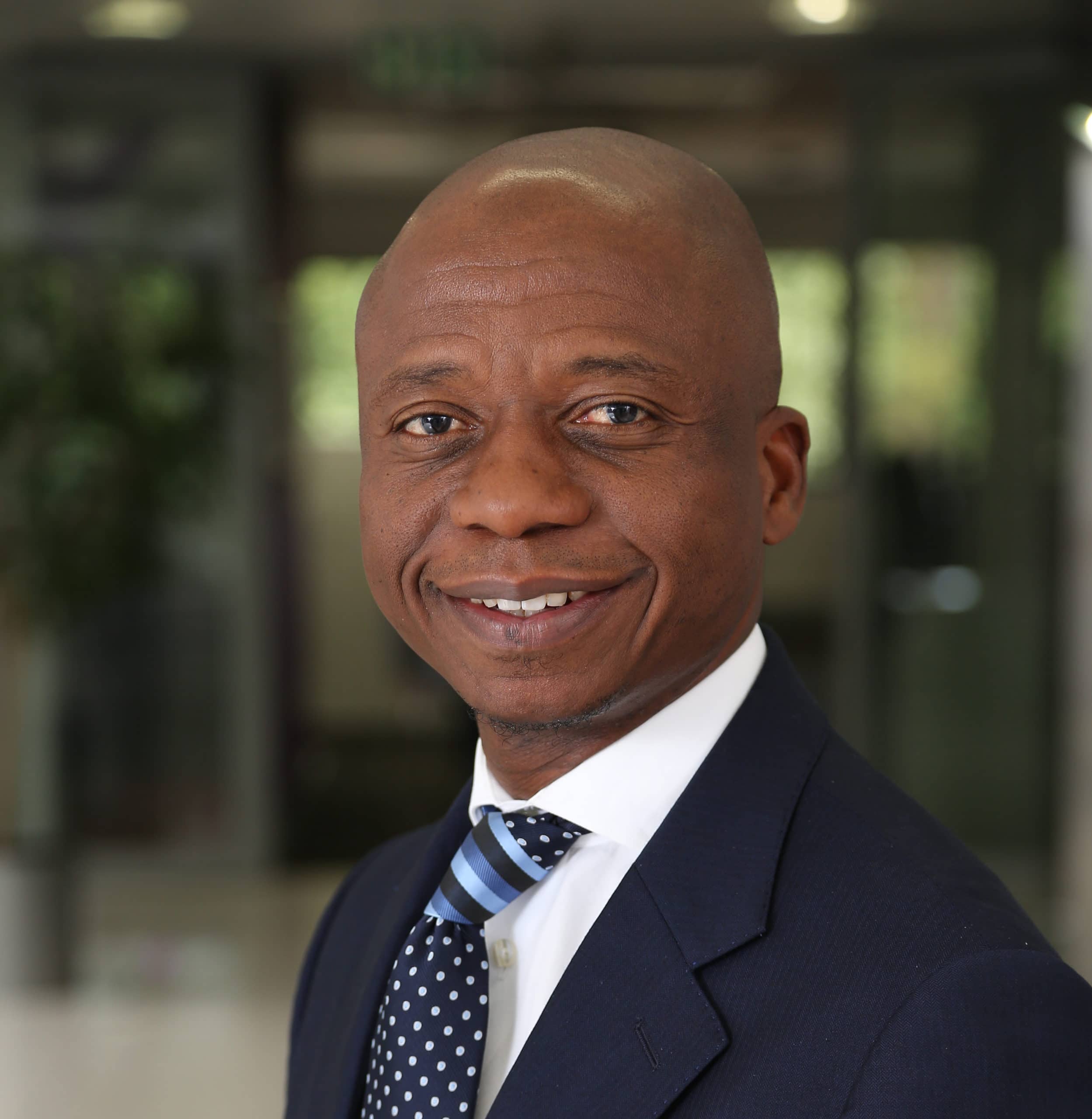By William Mzimba
The purpose of the existing education system is to meet the manpower needs of industry, thereby meeting the economic needs of society. However, if we continue to deliver education shaped by current industry needs, are we really preparing our youth for a future that’s rapidly evolving and changing with the emergence of new technology?
The Future of Jobs report, published by the World Economic Forum (WEF) in 2016already pointed to the change we need to prepare learners for. The report notes that 65% of children currently entering primary schools will “ultimately work in new job types and functions that currently don’t yet exist.” Clearly, legacy education systems, which were curated for the industrial revolution, must evolve to address the needs of the current, digitally-driven Fourth Industrial Revolution (4IR).
As new technology pioneers new ways of doing things, one can expect that with the 4IR, more tasks will be automated. In fact, projections by the WEF in their 2020 Future of Jobs report point to the massive changes we will see in the not-so-distant future. WEF says that by 2025 “the time spent on current tasks at work by humans and machines will be equal” and, as a result, an estimated “85 million jobs may be displaced” by the new human-machine labour division, while “97 million new roles may emerge that are more adapted to the new division of labour between humans, machines and algorithms.”
With new as-yet-undefined 4IR roles emerging and automation a reality, surely education should be focused on creating a nation of “response-able” individuals with critical, creative thinking and an agile mindset best suited to a technological future defined by constant flux. We must instil grit, resilience, and resourcefulness in our learners. For this future, education needs to shape not only strong IQs and EQs, but digital intelligence (DQ), too. To enable and support this, education must be digitally transformed by addressing the gap between the legacy education system and technology. This is the global education challenge that lies before us all.
The gap in the South African context
While it’s crucial to integrate and leverage technology to help the current education system evolve on a global scale, updating the purpose of education to better align with the 4IR, in South Africa, we must simultaneously overcome the connectivity deficit creating inequality. Online education is an important societal equaliser, as learners will be able to access world-class educational content regardless of their socio-economic status or geographic location. But to drive equal education, we must first ensure there is equal access. The pandemic has brought into sharp focus the digital divide that already existed in South Africa’s education system, where a large segment of learners has no access to digitised content.
To understand this digital divide in South Africa, we need only look to the public-school sector’s quintile grouping, measured against community poverty and available infrastructure. Public schools in quintiles 4 and 5 (and private schools, too) are predominantly situated in cities, metropolitan areas, and suburbs where there is established telecommunications infrastructure and mostly reliable
electricity supply. Most of these students have access to data and devices to benefit from online education platforms. Conversely, schools in quintiles 1 to 3 need our greatest attention, as they are functioning in areas where poverty prevails and where infrastructure is lacking.
Progress through partnerships
Device and data affordability, connectivity, and basic digital literacy are some of the obstacles preventing democratised digital-education access. Tackling these areas will require committed collaboration between the public and private sector. This reality in South Africa is one Vodacom Business has recognised, which is why we have actively pursued and actioned collaboration between the Department of Education and various private sector entities and funders.
Through these collaborations, some of our objectives include sourcing and curating appropriate educational content; making this content sustainably accessible online; providing age-appropriate devices and the necessary connectivity for getting online; and continually monitoring and assessing the measures taken and solutions implemented to redefine our approach where necessary.
To date, our e-School digital-education platform serves more than 1.25 million South African learners and we have provided zero-rated data offers to over 3 000 public higher education institutions and high schools. Through our Connected Digital Education solution launched in June 2020, we have connected 136 basic- and higher-education institutions with data bundles at preferential rates for use on a wide range of compatible devices. In partnership with Microsoft South Africa, we have also connected learners to the Microsoft Office 365 A1 learning platform.
The national call to action
As we continue to face the highly disruptive and destructive Covid-19 virus head on, we must simultaneously ensure that the foundation of our education is built and strengthened to withstand any future shocks that may come. Democratising access is critical if our learners are to benefit from the necessary global overhaul to education for the 4IR. The tasks that lie ahead are monumental, but partnerships are how we are going to forge ahead, going further together in meeting our shared educational goals. We are in a unique position right now to execute the lofty ideal of equal education for all, and the call to action starts now.
William Mzimba is the Chief Officer for Vodacom Business and a member of the Vodacom South Africa Executive Committee. A passionate innovator and disruptor, he has been tasked with driving digital transformation in targeted industries and markets and is responsible for the implementation of a number of digital transformation solutions at Vodacom Business.
DISCLAIMER: Brand Voice is a paid program. Articles appearing in this section have been commercially supported.
